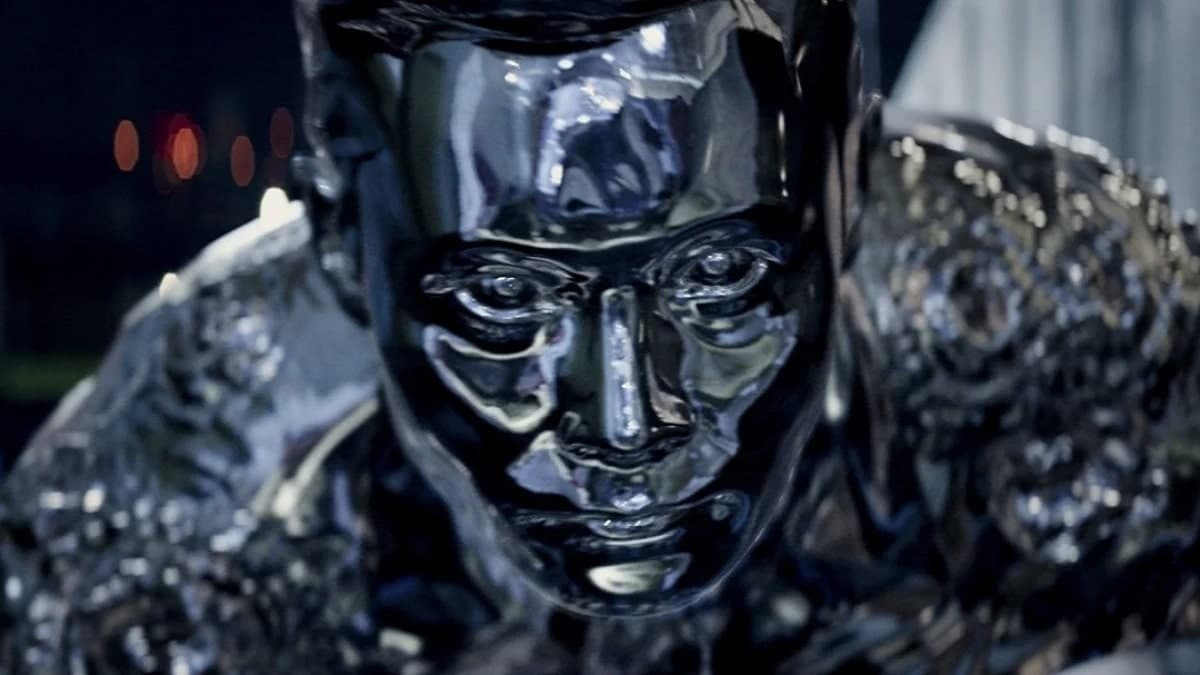Hong Kong scientists herald a revolution in robotics: a shapeshifting robots which can pass through liquid to solid state. In the video released by the Chinese University of Hong Kong, we see the robot pass through bars, without compromising strength. Showing that Terminator 2 with his T-1000 he was predicting the future.
Shapeshifting robots capable of liquefying and reforming
This is one official scientific discovery, published in Matter for comparison with the rest of the scientific community. But it seems impossible not to think of science fiction and above all of James Cameron’s film: a small T-1000 arrives from Hong Kong.
MediaWorld mega-discounts. Take advantage of it!
Researchers moved robots through obstacle courses, removed objects from a model of the human stomach. And they even did escape the robot from a cage by meltingand then reformed into their original humanoid form.
“Giving robots the ability to switch from liquid to solid state gives them greater functionality,” says the engineer Chengfeng Pan of the Chinese University of Hong Kong in China.
The main difficulty lies in combining the strength of rigid robots with the flexibility of liquid ones, in order to make them move freely but also operate once they reach their destination. To find a compromise, a team of researchers led by Pan and his colleague, Qingyuan Wang della Sun Yat-sen University in Cina, he looked to nature for inspiration. Animals like i sea cucumbers they can alter the stiffness of their tissues to improve carrying capacity and limit physical damage. Instead, i octopuses they can alter the stiffness of their arms to blend in, manipulate objects, and move.
To do this, they used gallium, a metal that melts at only 29.76 degrees Celsius: just hold it in your hands to make it melt. With a matrix of gallium and magnetic particles, they created a “magnetoactive solid-liquid phase transition machine.”
Possible applications range from removing objects from human tissue to administering medicines. But they could also be used to repair circuits and machines without having to disassemble them. But it will still take a great research work to arrive at this type of results.















Leave a Reply
View Comments